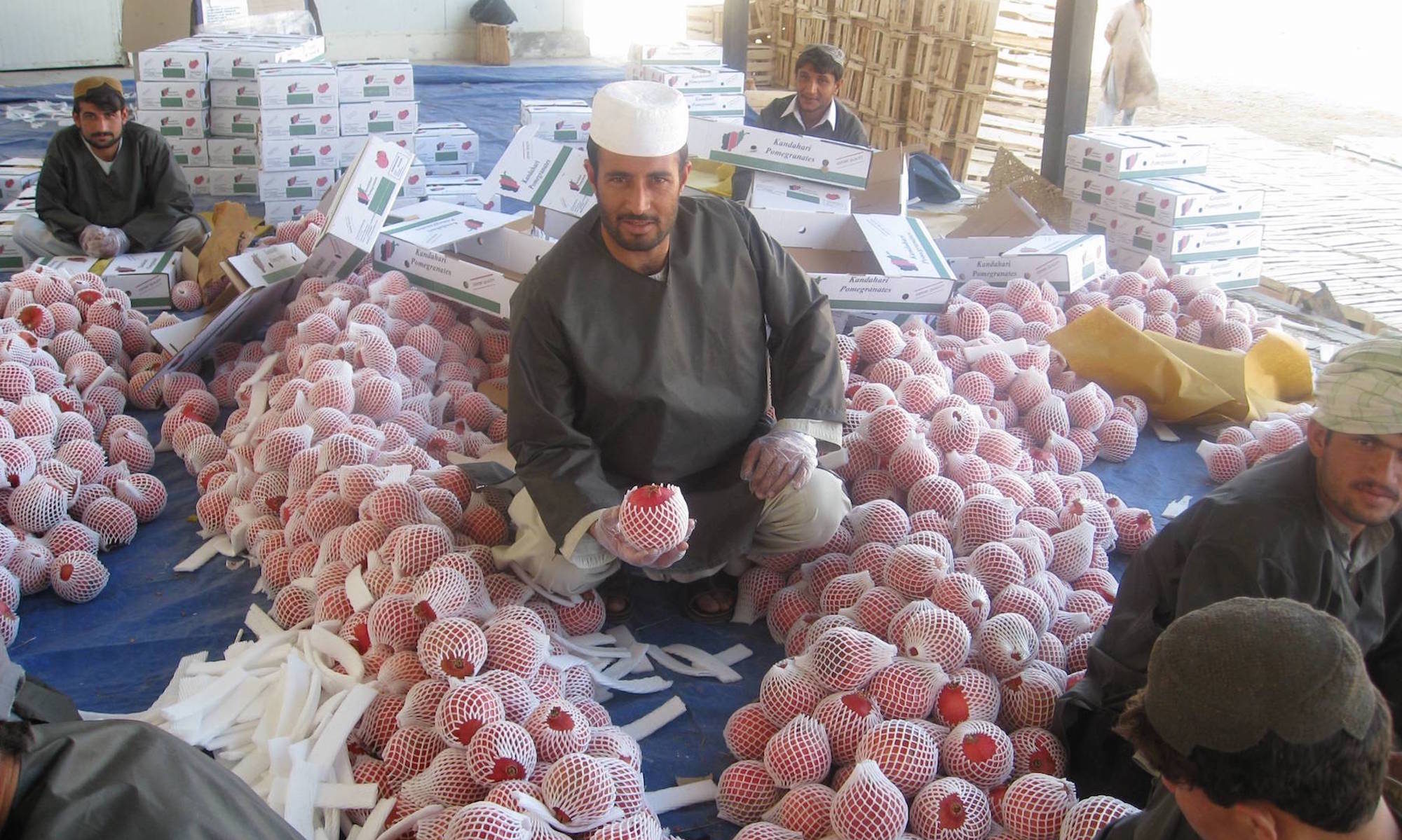This article is interested in the interface between internationally supported peace operations and local approaches to peace that may draw on traditional, indigenous and customary practice. It argues that peace (and security, development and reconstruction) in societies emerging from violent conflict tends to be a hybrid between the external and the local. The article conceptualizes how this hybrid or composite peace is constructed and maintained. It proposes a four-part conceptual model to help visualize the interplay that leads to hybridized forms of peace. Hybrid peace is the result of the interplay of the following: the compliance powers of liberal peace agents, networks and structures; the incentivizing powers of liberal peace agents, networks and structures; the ability of local actors to resist, ignore or adapt liberal peace interventions; and the ability of local actors, networks and structures to present and maintain alternative forms of peacemaking.
Warlords and the Liberal Peace: State-building in Afghanistan
This article draws out the contradictions in the liberal peace that have become apparent in post-Taliban state-building in Afghanistan. In particular, it focuses on how warlords have been incorporated into the government. The government has been unable to achieve a monopoly of violence and has relied on the support of some powerful militia commanders to secure itself. This raises a number of practical and ethical questions for the liberal peace. The focus of the article is on warlordism, rather than in providing detailed narrative accounts of particular warlords. The case illustrates the difficulty of extending the liberal peace in the context of an ongoing insurgency.
